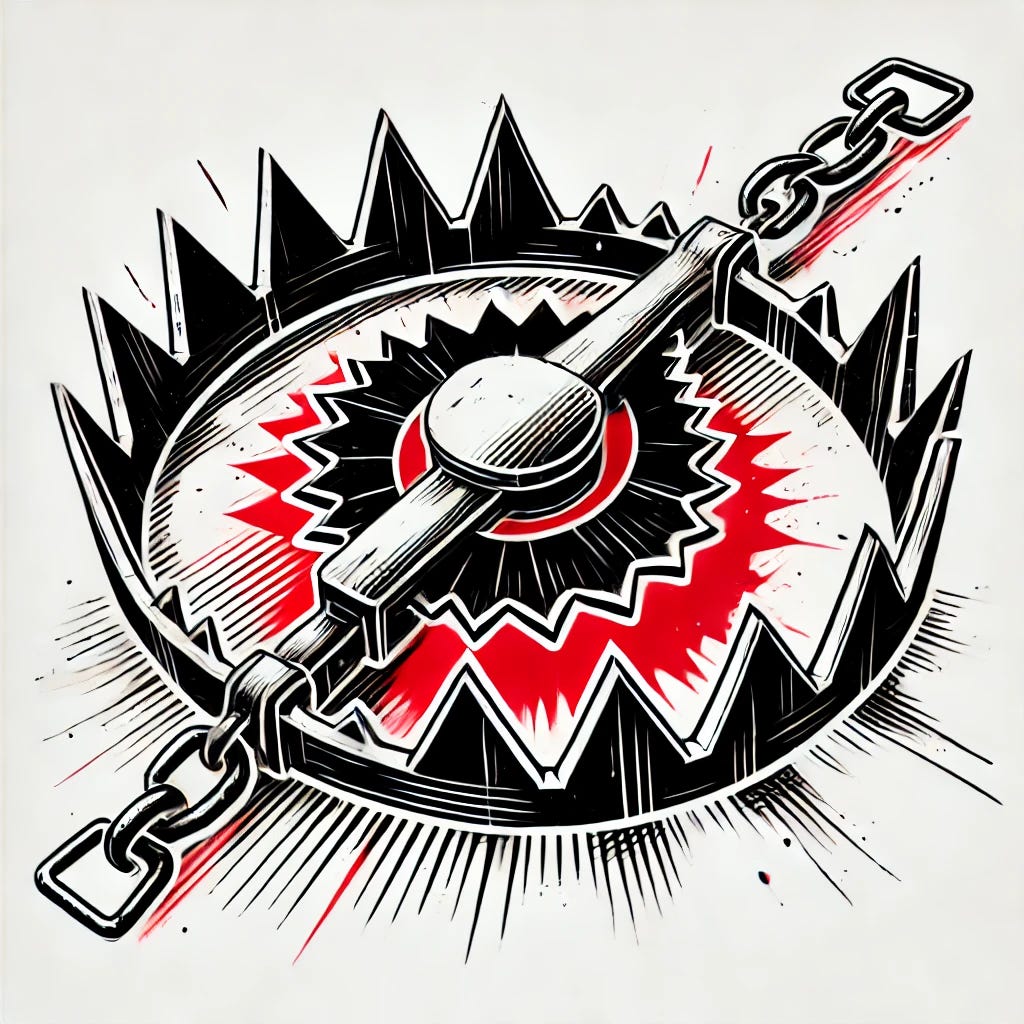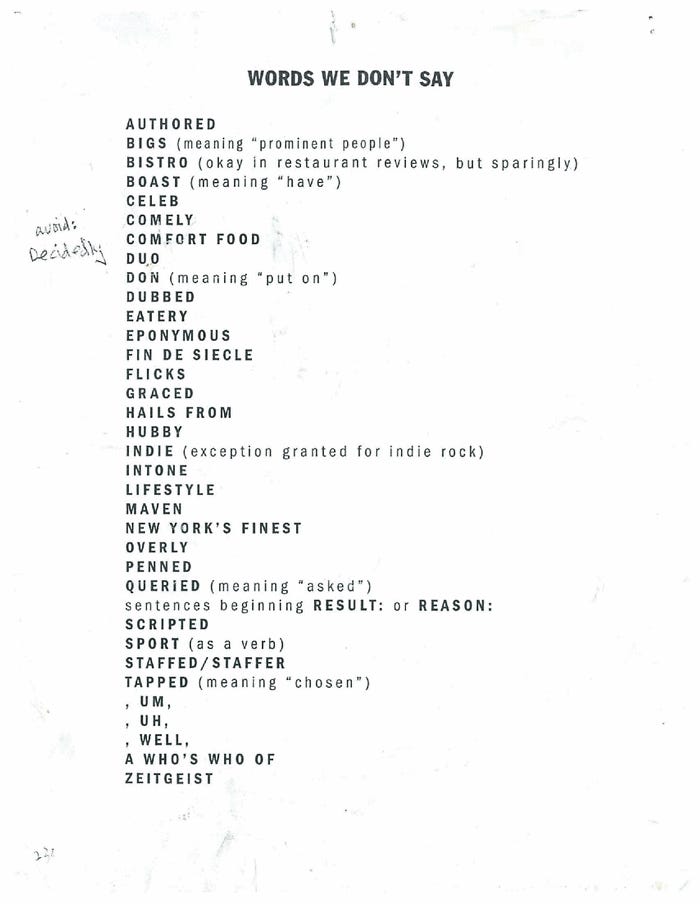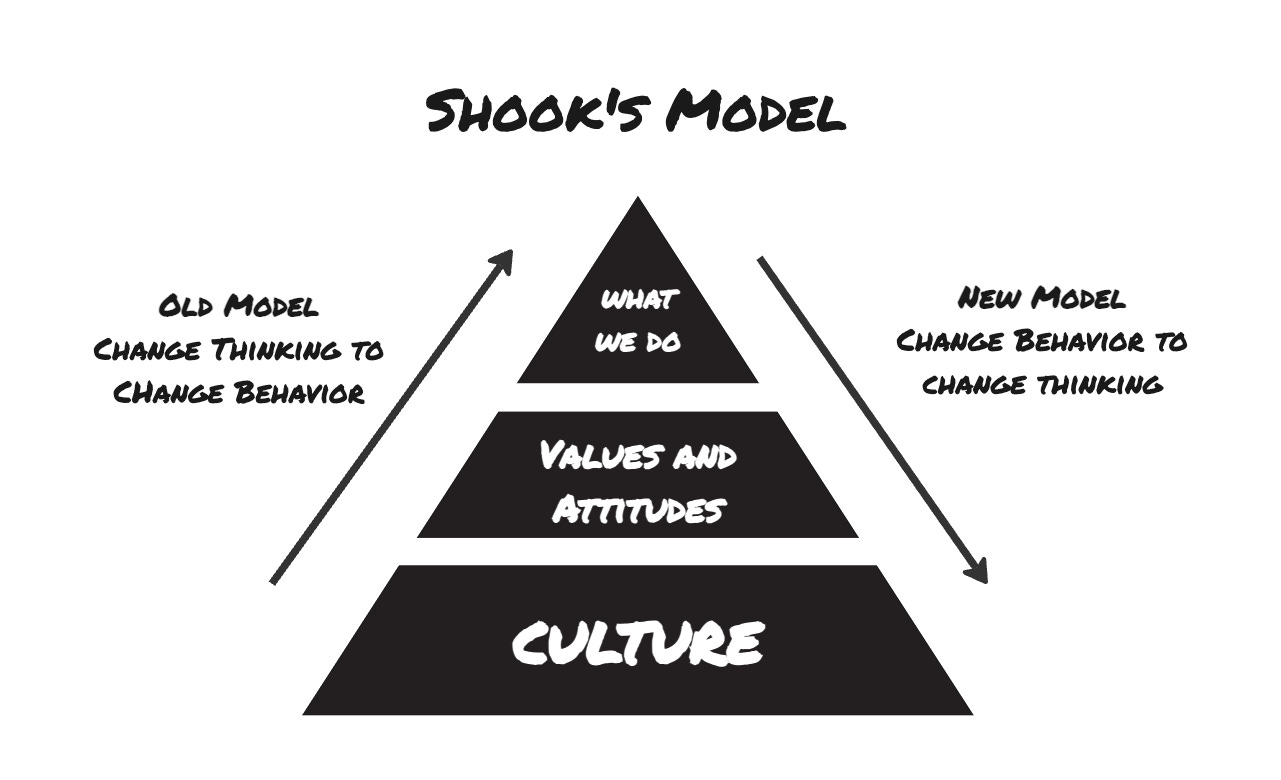Trigger Words
Words in software product development that make people feel some kind of way.
Kurt Anderson, founder and former editor of New York Magazine and Studio 360 Podcast host, infamously created a list of “Words We Don’t Say” to discourage fluff and filler from the pages of his magazine. It’s a little snobby, but you’ve got to have standards—especially in NYC!
Exploring some words that carry emotional baggage for us in product and engineering might be interesting. These words may trigger us, causing us to cringe when using them. Some would argue they need retirement from the lexicon, while others may find them funny.
At Nerd/Noir, our collaborators meet bi-weekly to review new opportunities and existing gigs and do something creative together. I solicited their input on these words a couple of sessions back. So, thanks, collaborators!
Oh - and I’ll ask for your input at the end of this post!
#1 - “Resource”
When senior leaders talk about people, they often use the word resource. People don’t like to be called resources. It’s depersonalizing. I am not a mine to be stripped, nor a well to be drained, nor an ore to be smelted.
Product people might cringe at the word because it harkens back to the old ways of the project model. Resources are to be controlled as one vertex of the iron triangle.
Odd because your organization probably has a department called “Human Resources.” We’ve seen a shift from that language in that group as top HR leaders increasingly adopt the title of Chief People Officer.
I hear the word “talent” used sometimes. It’s usually a good indicator that its user is also triggered by the word resource. Listening closely is a great way to find others who share your values.'
If you’re feeling especially cute, you could also use the word “resourceful,” as I do when people share their feelings around this word. But, then again, why not just call people, I don’t know, people?!
I’ve relaxed my policy on this word, partly because I work with executives, and it’s not my job to push my idiosyncrasies on their vocabulary. While I may point out something destructive or hurtful in a 1:1, the R-bomb doesn’t make the cut. Like many trigger words, the reaction depends on the room and its occupants.
#2 - “Mindset”
Growth mindset. Product mindset. Zero defect mindset. Security-first mindset. Agile mindset. There are more mindsets than you can shake a stick at. The word is tired, overused, and anxiety-inducing (for me, at least).
How many ways of thinking would you like me to adopt? Multiple mindsets feel like a case of split personality.
It also smacks of agile coach pop psychology woo-woo mysticism. How exactly do you propose I adopt and leverage this mindset? Can you show me what it looks and feels like in practice? Answers to questions like these might be a better starting point.
In some meta-cognitive moments, when I take a step back and consider my mental model and way of thinking, I boil it down to thinking critically and laterally. That’s right, just two modes of thought.
Critical thinking is about tearing down a condition, statement, or hypothesis. It gets you to a place where innovation can start to happen. Why is this thing the way it is? Repeat that question until you find a root cause or some faulty assumptions. Some would call this the starting point of first principles thinking.
Lateral thinking pairs nicely with critical thinking. It involves considering multiple solutions to problems, where unconventionality, wild ideas, and creativity come into play.
Critical thinking is great for analyzing problems, and lateral thinking is great for innovating new solutions. Both are useful. Knowing when to apply which one is a skill one can develop.
For example, a fundamental of good workshop design is to stack moments where you ask participants to think critically (generate a list of what needs improving) followed by thinking laterally (what solutions might we apply to this problem we prioritized).
The other problem with mindset is that it short-circuits action. You cannot successfully adopt any mindset without immersing yourself in the actions that align with that mindset. Mindset emerges as a side effect of doing.
Lean management guru John Schook created a model that our team lives by:
Mindset and culture are the end states of Shook’s model. They take root and form from doing. Changing the way you do things creates new behaviors influencing values and attitudes. The collective set of these values and attitudes terraforms culture. That’s Shook’s model. You can read more about it in the famous NUMMI auto plant case study.
My problem is that certain people over-index on mindset. Awareness is a good starting point, but it alone does nothing to change behavior or the way we think.
We can find examples of this thinking in a change team's metrics: number of trainings taken, teams trained, etc. These activity metrics tell you nothing about outcomes or even new behaviors. I suppose we could call this the “Busywork Mindset.”
If all someone has to say is mindset this or that, do you think they can help you affect meaningful change? Nope. No amount of agile shaman babble or LEGO® SERIOUS PLAY® will get you to meaningful impacts.
#3 - Transformation
Transformation has so much baggage we might call it a full Louis Vuitton luggage set.
Buzzword fatigue is a big part of it. Here come the consultants! “Big A” Agile traded under this term and still does.
When talking to senior leaders, one of the first questions I’ll ask is, “How many transformations have happened here?” It’s not unusual for us to show up at a client to find out we’re the next in a long line of Don Quixotes. To solve the unsolvable problem! To change the unchangeable company! To dream the impossible dream!
Typical responses:
We tried our own thing
Then we tried SAFe a few times
Then we tried the Spotify model
Now we’re back to waterfall projects
Change is scary, especially when it’s opaque and mysterious. Reactions vary:
Here come the consultants! How will I wait them out this time?
How will this top-down imposition affect me?
I was finally making some good progress in my job. Now that’s about to get crushed.
Transformation is a trigger word because most people have been through at least one that’s been poorly handled—crappy communication, unclear vision, surprises, a lack of enrollment, etc. One (of the many) reasons they fail is because individuals find ways of protecting themselves in difficult circumstances, undermining the change's intent.
#4 - “MVP”
Minimum Viable Product (MVP) comes to us from Eric Reis and the Lean Startup community. Every word in the sequence has its own set of triggers. A few examples:
Minimum - you’re just using the word to disguise “big project.”
Viable - you want us to get to economic viability in a few weeks?!
Product - we know you mean project.
The original intent of MVP has been lost. It was intended to be a form of experiment that used software delivery to validate assumptions. The big question is, “Do people want this at all?”
Many other experiments and discovery techniques are way cheaper than software delivery, which we can use to validate our ideas as good or bad. We could do research, competitive analysis, or even create a landing page with a signup form that advertises vaporware to assess demand (Oz MVP).
At some point, you’ll start working on a new product idea or larger feature with enough confidence to place a bet requiring delivery. It will be new and big enough to need a foundation of table-stakes features and maybe one or two exciting or somehow differentiating features.
This first pass will take longer than subsequent iterations. And that’s what I call an MVP, but I always feel the need to disclaim, “I’m using that term as it was originally intended and with low ceremony, so let’s not get too hung up on it.”
#5 - “Scrum Master”
Scrum has some problematic language embedded in its roles: Scrum Master and Product Owner. This language is problematic from both inclusion and anti-racist perspectives.
If the various Git platforms changed their main branch names from “master” to “main” way back in 2020, why can’t Scrum do the same? Seems retrograde to me. Or a stubborn commitment to a privileged bias. Either way, it’s whack.
Scrum Master also sounds silly when we pair it with more contemporary contributor roles like product manager or engineer.
One company I worked for even renamed Scrum Masters to “Flow Wizards.” Clearly, some VP was a fan of the Harry Potter series. To me, it sounded like the name of a medical catheter. That company had a lot of legacy software and growth through unchecked acquisition problems, so maybe “Dungeon Master” would have been a more fitting title.
Everybody Has Choices
Consulting is a weird job sometimes. You find yourself in different cultures with different norms and sometimes similar words that mean different things. You must learn to adapt to these nuances quickly before a client’s patience with you runs out. Adaptability is a skill.
Chances are you can’t word-police everyone to your perfect, trigger-free vocabulary. You can, however, control your language and model the behavior you’d like to see from others. Personal word choices are a degree of freedom!
When leaders talk about people as “resources,” I’ll respond with the word “people.”
When I feel the “MVP” people are talking about is getting large and out of control, I’ll ask about the “first iteration” or “first chance for feedback.”
When the conversation is peppered with talk of “transformation,” I’ll ask where we can “make a small change” and “get an early win.”
What words trigger you?
I wrote this post hoping to hear from our subscribers.
What words trigger you and why? What are your strategies for coping with these loaded words? I want to hear from you in the comments below!






I appreciate the dissection of the impact on communication that certain terms now have but disagree with the "trigger" rubric that tries to tie them all together. Ironically, "trigger" itself may belong on the list of words to stop using, according to this rubric.
Some usages, like calling people "resources," have always been demeaning and should be avoided for that reason. Others have become victims of their own success, being novel and having a specific meaning initially but have become overexposed, diluted, and misappropriated into meaninglessness. This is a more interesting problem, because one needs a way to honor the original thought that went into the term while separating from mass misusage. Then there are words that have been labeled as triggers or taboos by similar cultural processes that misappropriate other terms. Not using them is just jumping on the bandwagon as a substitute for thinking critically. "Master" is an example I have in mind here.
The point being that avoiding terms is one way to force oneself to think about meaning but this, too can become thoughtless and automatic. There's no formula for staying ahead of mere formulaic behavior.